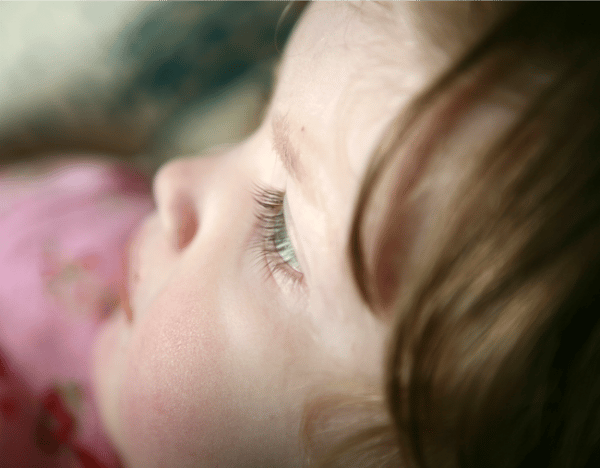
Sarah Parkyn and her family had a rough flu season. They’d all contracted a nasty string of Influenza B, but had managed. As far as they were concerned, they’d made it through. The worse had past.
Until Sarah’s three-year-old daughter, Jasmine, woke up one morning in pain.
She was wailing. As the rest of the family prepared for their day, Jasmine just lay in bed crying. She was in extreme discomfort.
Thankfully, she was also old enough to articulate how she felt.
As her mother tried to dress her, Jasmine wept. The feeling of Sarah’s fingers and the clothing fabric on her skin was near-unbearable.
Sarah presumed – as most of us would – that Jasmine’s poor health was related to the nightmare Influenza B strain the family had fought; that it would pass, eventually. But Sarah took her to the local GP, just in case.
It was a move that would end up saving Jasmine’s little life. Because even though she was completely up-to-date with her vaccinations, Jasmine didn’t have influenza. She had meningococcal – a disease that, if untreated, can kill a toddler in as little as 24 hours.
Listen: Sarah Parkyn’s tells the awful tale of her daughter Jasmine’s diagnosis on This Glorious Mess, Mamamia’s podcast for imperfect parents. POST CONTINUES BELOW.
The GP observed Jasmine for around 20 minutes, took her temperature, and shone a torch inside her ears. He then took a urine sample.



